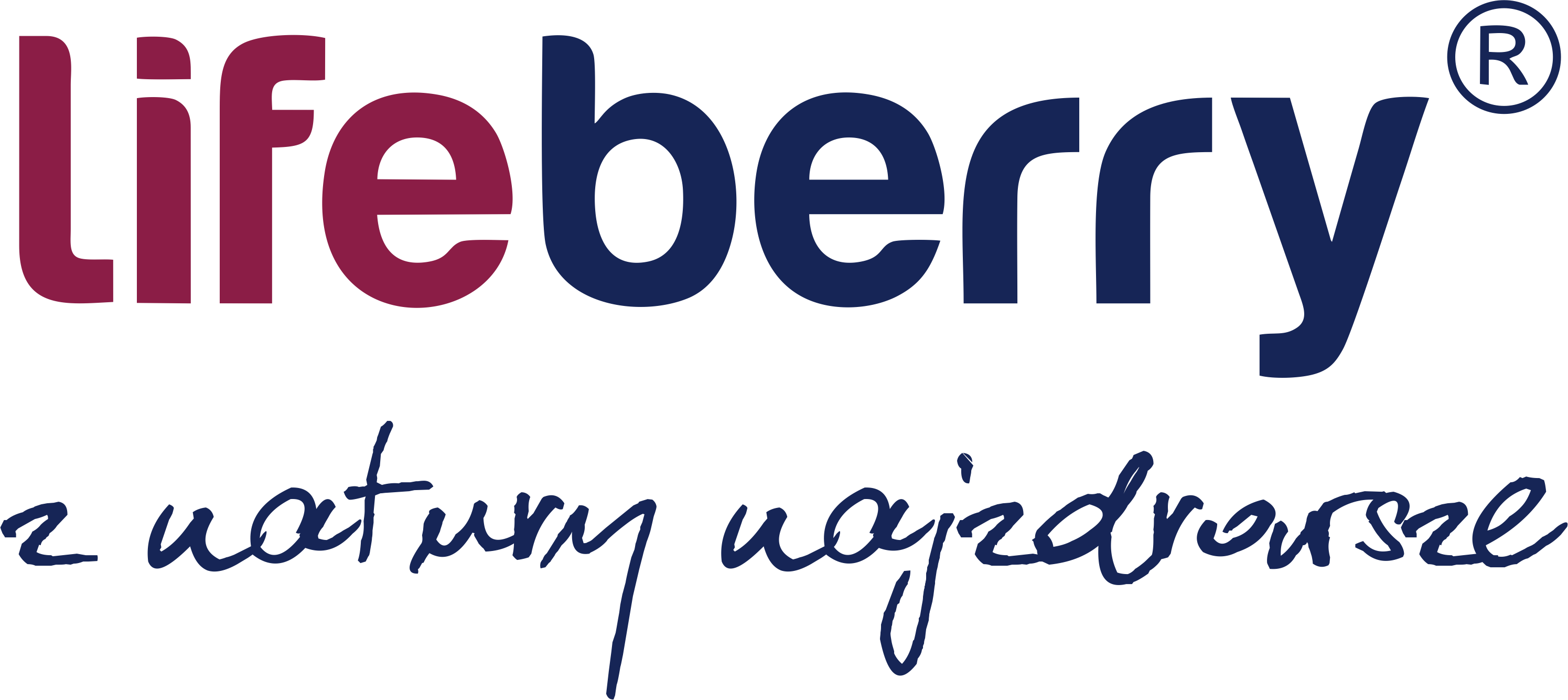1Ile warzyw i owoców powinniśmy dziennie spożywać?
Zgodnie z zaleceniami Światowej Organizacji Zdrowia dziennie powinniśmy spożywać co najmniej 400 g owoców. Oczywiście nic nie stoi na przeszkodzie, aby tych produktów było więcej w naszej diecie, a nawet zaleca się więcej porcji. 400 g dziennie to minimum.
2Co to znaczy porcja? Czy możemy to doprecyzować?
Porcją będzie jabłko, gruszka, kilka małych marchewek, garść malin, kilka truskawek, kilka rzodkiewek. Jedną porcję warzyw i owoców w ciągu dnia można zastąpić porcją soku, czyli szklanką soku lub smoothie (ok. 250 ml) owocowego, warzywnego bądź owocowo-warzywnego.
3Czy szklanka soku może stanowić jedną z pięciu zalecanych przez Światową Organizację Zdrowia porcji warzyw i owoców?
Dokładnie tak. W tym miejscu musimy podkreślić, że rekomendacja ta nie wyklucza naturalnych soków 100% NFC w butelce, z dłuższym terminem przydatności do spożycia, niesłusznie przez niektóre grupy uznawane za mniej wartościowe.
4Jak to możliwe, że sok z butelki możemy uznać za porcję warzyw bądź owoców?
Naturalny sok 100% NFC to produkt spożywczy, który bez względu na długość terminu przydatności do spożycia zawsze powstaje ze świeżych, chłodzonych lub mrożonych dojrzałych owoców. W naszym regionie produkcja soków podlega rygorystycznym obostrzeniom i jest ściśle regulowana przez Unię Europejską.
5Czy do soków są dodawane cukry lub inne dodatki?
Zgodnie z przepisami żaden producent na terenie Unii Europejskiej, w tym w Polsce, nie może do soków dodawać konserwantów, sztucznych aromatów czy sztucznych barwników. Do soków 100% nie wolno również dodawać żadnych cukrów. Producenci używając różnych chwytów marketingowych próbują obejść te przepisy dlatego warto zapoznać się ze składem produktu. Jeżeli przepiękna etykieta informuje nas że produkt jest 100 % sokiem, a w składzie znajdują się np. dodane cukry, które nie są pochodzenia naturalnego to jest to oszustwo noszące znamiona przestępstwa.
6Jaką barwę czy smak powinien mieć sok?
Barwa i smak soków pochodzi z owoców i warzyw, z których został on wyprodukowany. Nie należy soku mylić z innymi produktami do picia (nektary, napoje), co niestety często się zdarza. Napis na opakowaniu „sok” bardzo mocno definiuje to, co jest w środku. Jest to precyzyjnie regulowane przepisami prawnymi.
7Czy proces wytwarzania soków pozbawia je wartości odżywczych ?
To kolejny mit, niestety bardzo szkodliwy dla naszego społeczeństwa. Współcześnie stosowany proces produkcji soków to tzw. pasteryzacja. Jej celem jest zapewnienie mikrobiologicznego bezpieczeństwa produktu, czyli zniszczenie drobnoustrojów, które pozostawione w soku będą prowadzić do naturalnego procesu psucia. Ale proces ten nie wpływa na znaczące obniżenie wartości odżywczej soków.
8Czy jest różnica pomiędzy rodzajem opakowania soków ? Czy ma to wpływ na ich jakość ?
Niezależnie od opakowania soki są źródłem cennych witamin, mikro i makroelementów, substancji biologicznie aktywnych, błonnika. I zdecydowanie dobrze jeżeli raz dziennie sięgniemy po szklankę soku warzywnego, warzywno-owocowego lub owocowego. Może być on dodatkiem do posiłku ubogiego w warzywa lub owoce, np. tradycyjnego polskiego śniadania lub zdrową przekąską w ciągu dnia.
9Czy sok jednodniowy lub świeżo wyciskany jest lepszy od soków o dłuższym terminie przydatności?
To nie jest prawda, bo tak naprawdę wszystko zależy od rodzaju owoców i warzyw, z których sok jest wyprodukowany, ich jakości i wartości odżywczej, która zawsze jest porównywalna zarówno w soku pasteryzowanym, jak i niepasteryzowanym.
10Co jest lepsze - sok jednodniowy czy pasteryzowany?
Sok jednodniowy będzie bezpieczny tylko wtedy, gdy zapewnimy mu ciągłość przechowywania w warunkach chłodniczych. Najlepiej żeby był wypity zaraz po wyjęciu z lodówki i osiągnięciu temperatury pokojowej. Po dłuższym przechowywaniu soku jednodniowego poza warunkami chłodniczymi następuje namnażanie drobnoustrojów. Soki pasteryzowane mają te same właściwości co soki jednodniowe ich przewaga polega na dłuższym okresie przydatności do spożycia.
11Czy sok świeżo wyciskany jest bezpieczny i dobry do spożycia?
W przypadku soku świeżo wyciskanego w różnych punktach handlowych i restauracjach zwracajmy uwagę na warunki, w jakich został on wykonany. Bardzo ważna jest czystość wyciskarek w kawiarniach i restauracjach. Sok wyciśnięty przez zanieczyszczoną wyciskarkę może stanowić ryzyko dla zdrowia. Warto też zawsze zwrócić uwagę, czy owoce i warzywa, z których dany sok jest wykonywany, są dobrej jakości i czy zostały dobrze umyte. Problem polega jednak na tym iż w większości przypadków nie wiemy nic o czystości urządzenia czy owoców z których jest wyciskany sok. Dlatego zakup dobrego soku np. przecierowego daje nam gwarancję jakości poprzez przepisy które musi przestrzegać producent a w chwili zakupu już my sami decydujemy o wielu czynnikach jak temperatura przechowywania itd.
12Co wybrać - sok świeżo tłoczony, jednodniowy, czy pasteryzowany sok przecierowy?
Soki z dłuższym terminem przydatności do spożycia, to takie same pełnowartościowe produkty. Nie odstają pod względem zawartości witamin i składników odżywczych od tych jednodniowych i świeżo wyciskanych. W sytuacji gdy nie mamy pewności co do jakości wykonania soku świeżo tłoczonego i nie mamy możliwości przechowywania soku w lodówce, sok przecierowy z butelki to z pewnością dobre rozwiązanie na dostarczenie porcji owoców dziennie.
